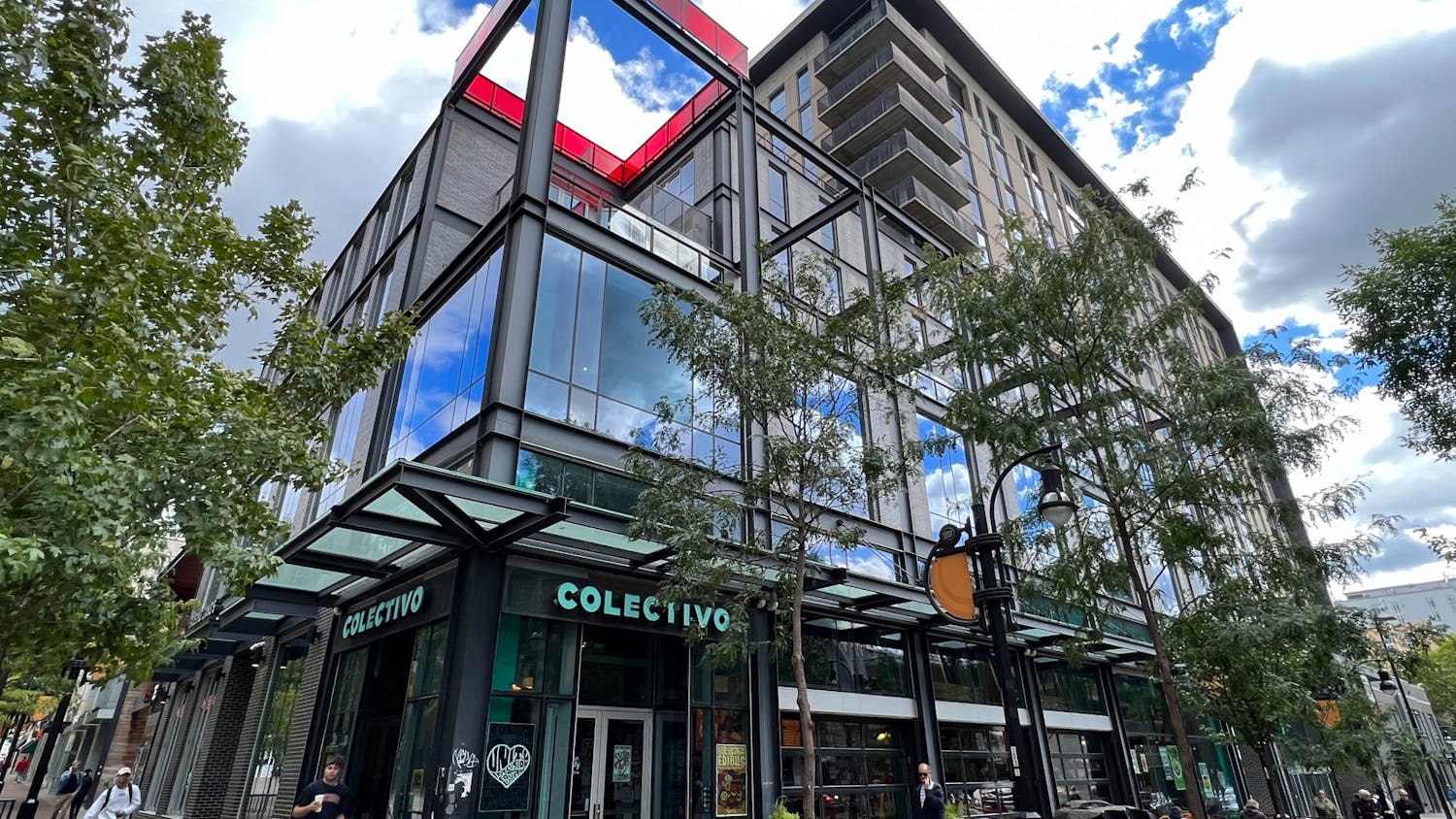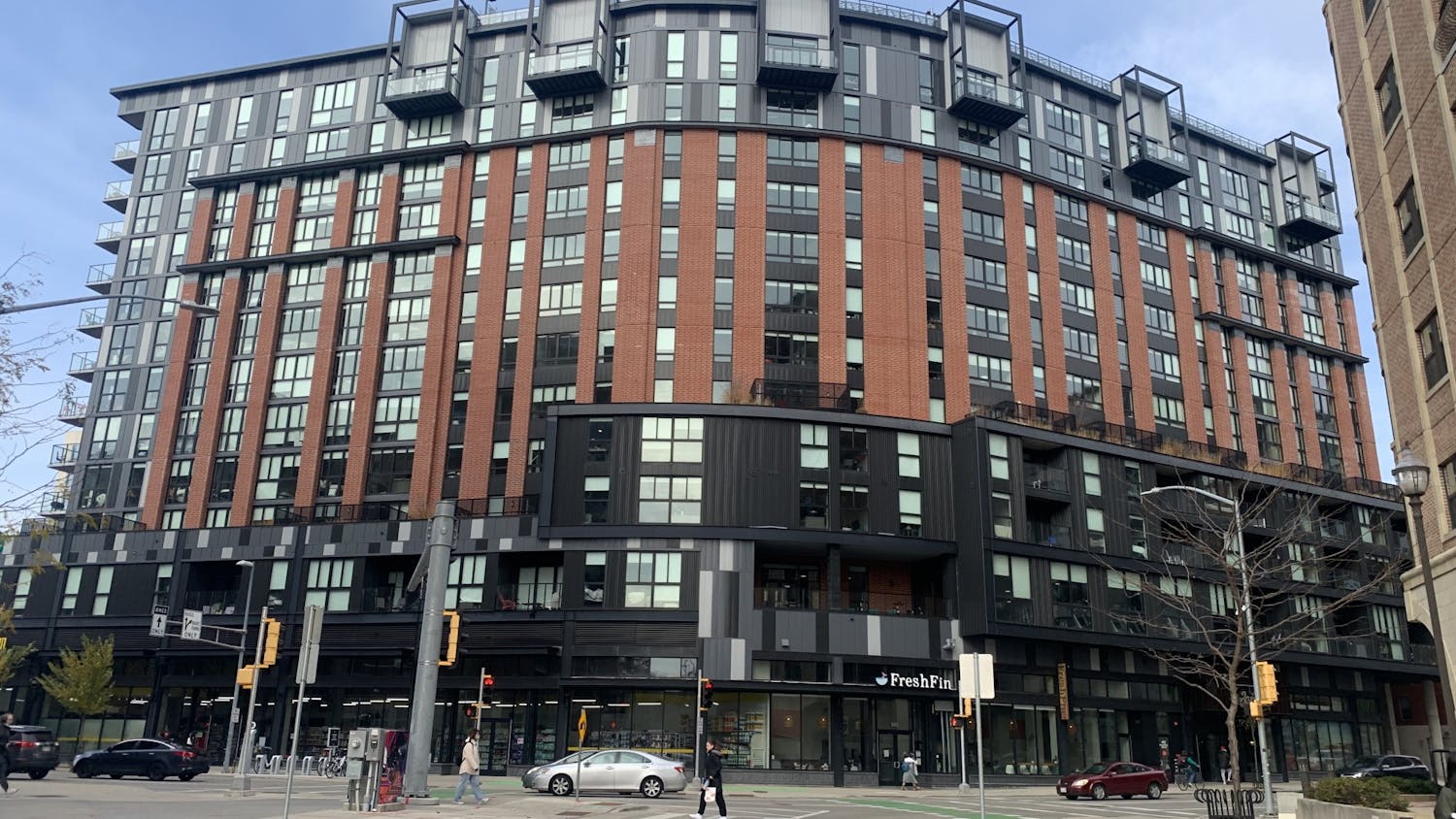Finding off-campus housing for students at UW can be a financial challenge. For under $750 there aren’t too many options available to students without sacrificing privacy, space, comfort, or the furry friend from home. There are many different resources out there for students to find their ideal space, but hunting for the most budget-friendly option is difficult when you don’t know exactly where to begin.
Apartments.com is a great resource for those looking to search by specific criteria, such as the type of home, whether or not they allow pets, whether they have parking spaces, dishwashers, and many other types of filters. The website even offers something they call POLYGON, a search tool that allows you to draw the boundaries of your search on an interactive map. Property companies like Madison Property Management, Forward Management, Steve Brown Apartments, and other campus-based apartment buildings love to list their options on this website, specifically in the POLYGON clustered around the UW campus. The only downside to this website is it’s lack of owner-managed properties available. While interacting with a landlord can be difficult, dealing with a property management company can be impersonal and frustrating.
Zillow offers similar tools to the POLYGON, allowing you to draw the boundaries around your area of interest. With their filter criterias being nearly exactly similar, the only thing separating Zillow from Apartments.com is it’s inclusion of owner-managed properties in their database. Finding a deal on Zillow will be easier because you deal directly with the property manager, which in most cases is a single human being instead of a company or board of directors. Owner-managed properties are great because you can have the room to negotiate things like pets and roommates on a human-to-human level.
Craigslist is a great, tried-and-true option for those wanting to search entirely for owner-based properties. It too offers plenty of search filters, but doesn’t yet have any kind of boundary-drawing software. Still, you can use the map to search for places anywhere. A lot of smaller, independent property management companies offer rentals exclusively on Craigslist; for example, one could find a small house in an area like Greenbush or Monroe for the same price as a studio apartment in The James. Despite this great advantage, Craigslist can be complicated and sketchy when communicating with property owners. Always use good judgement and never go to look at a property by yourself, unless you’re certain it will be a safe, low-risk situation.
What areas of Madison are best to live it? There’s no good answer to that because it depends on what type of area you’d like to live in, and none of them and cannot be expected to be completely free of crime.
Living on the isthmus can be convenient for getting to Williamson Street and the Capitol, and provides access to many great resources and venues such as Festival Foods, Willy Street Co-op, Breeze Stevens Field, the Sylvee, the Goodman Community Center, and many others. The area on East Washington affectionately nicknamed as “The Factory District” has been up-and-coming for the past three years, meaning new restaurants, bars, and activity centers are constantly popping up. The downsides? It’s expensive, and you’re not usually getting the best bang for your buck. Also the traffic can be a hassle for those commuting via car or bus. Crime is also on the rise with two reported sexual assaults along East Johnson Street in the last four months. The flooding can get really bad and parking is a hot commodity. If you don’t have a car and are comfortable living in an 150 year-old house that may or may not have assorted pests living in the walls, this is a good place for you to search.
The Greenbush, Vilas, and Regent areas are good places to live that are within a 20-minute walk to the heart of campus; however, they tend to be some of the more expensive areas in Madison and approaching them without a roomate can be nearly impossible for those on a tighter budget. Luckily this area is caught between Regent and Monroe, two streets with plenty of great restaurants, fitness clubs, and plenty of job opportunities that are not necessarily catered to the flexibility needed with a full class schedule. Houses and apartments here tend to be in the $1100 - $1800 range, but rooms and studios can be found anywhere from the $500 - $900 range if space and privacy aren’t priorities of yours.
Similar to the isthmus, houses here can be hundreds of years old and have many problems keeping out the cold. If your landlord does not pay for your heat, Wisconsin residents filing income taxes can take advantage of the Wisconsin Homestead Act and be reimbursed for their heating expenses on their state tax returns. Out-of-state and international students will be out of luck; heat can be very expensive, especially in houses so poorly insulated. In addition to this, fall semesters see excessive traffic during home football games; this means tailgating outside of your house at nine in the morning, many rage-inducing parking travesties, and the classic vomit-on-your-front-lawn. If this doesn’t bother you, or you enjoy partaking in the debaucherous gameday traditions, you’ll be right at home.
Finally, there’s the State Street area. This is among one of the absolute worst places to live in terms of practicality, sanitation, and safety. In the early morning, the sidewalks are often covered with questionable substances and littered with trash. As all Madison residents know, State Street is filled with overwhelming, and sometimes dangerous, late-night crowds.. Traveling with groups or a friend is a good idea, as State Street after dark can be dangerous. With that being said, for between $700-$900 a month one can expect a studio or one bedroom of between 200-300 square feet, that is, a decent 10x20 foot space, around the size of a living room. The job opportunities on State Street are always abundant and prioritize hiring students, but most of the jobs start out at the lower end of the pay scale, with wages as low as $7.50 and as high as $12-$13. If you choose to work during your semester, it may be easier for you to afford living downtown. Parking is rarely included with apartments though, so unless you want to pay an additional $50-$100 to park your car at an off-site location, often outdoors and unsecured, plan on leaving the car at home. Because of its popularity in Madison culture as the “downtown” place to be and its proximity to both the UW and the Capital, this is one of the least cost efficient places to search for a campus home because you could get a lot more space for a lot less money outside of this area. If you are willing to sacrifice larger space to be in the heart of Madison and the campus area, this is a good place for you to search.
Looking for multi-roommate property with an appropriate lease length will be better for those planning to live in Madison all year because of the tax deductions and the employment situation needed to fund said lifestyle. If you are an out-of-state or international student, seeking to live on-campus may offer more benefits and flexibility, as well as a more inclusive environment and more opportunities to connect with fellow students. Be aware you won’t be able to bring your pet with you, but that shouldn’t be too much of an issue if they’re waiting for you back at home.
On-campus housing offers its own set of benefits and downsides. Nearly 7,500 people live in university housing, and prices vary greatly by building and location. Additionally, the newly implemented meal plan system and renovations to Witte have affected desirability and pricing this year. Information about rates and the differences in pricing between each hall can be found on the university housing website, but there are other financial factors to consider when picking a residence hall.
There is a three-tier meal plan that first-year residents are required to select from, ranging in price from $1,400 to $3,100. The cost of the meal plan will be added on to their total housing costs, but returning residents can opt out. One benefit of selecting a plan is reduced resident pricing on all items in the dining halls, although others have raised concerns about negative effects it might have on campus.
There is also one scholarship available specifically for residence hall housing. The Paul Evans scholarship is organized through UW’s Office of Financial Aid and through university housing. It is worth $5,000, and is given to one or two applicants who demonstrate financial need, according to Brendon Dybdahl, Director of Marketing and Communications for University Housing. Other scholarships and financial aid plans can be used on housing, but generally that money is applied to academics costs first and leftovers go towards food and housing.
Becoming a house fellow in one of campus’ 19 dorm buildings can make living in the dorms more affordable as well. There are approximately 150 house fellow positions available, and working one of these positions includes free housing and a stipend. House fellows have several responsibilities, including organizing events, resolving conflicts, being on duty and acting as a resource for residents.
Dybdahl said that while 92 percent of incoming UW-Madison students live in on campus their freshman year, most choose to move off-campus for the rest of their time in college. Generally, the dorms are more expensive than off-campus housing situations, but there are a few ways it can be made into a more affordable option.
With that being said, no matter where you choose to live, unless you have an unlimited supply of money there will almost certainly be sacrifices made to make it work for you. Be very aware of exactly what they are and consult as many resources as you can before choosing where to settle down.
Cardinal View editorials represent The Daily Cardinal’s organizational opinion. Each editorial is crafted independent of news coverage. What have been your experiences finding housing in Madison? Send all comments to opinion@dailycardinal.com.






